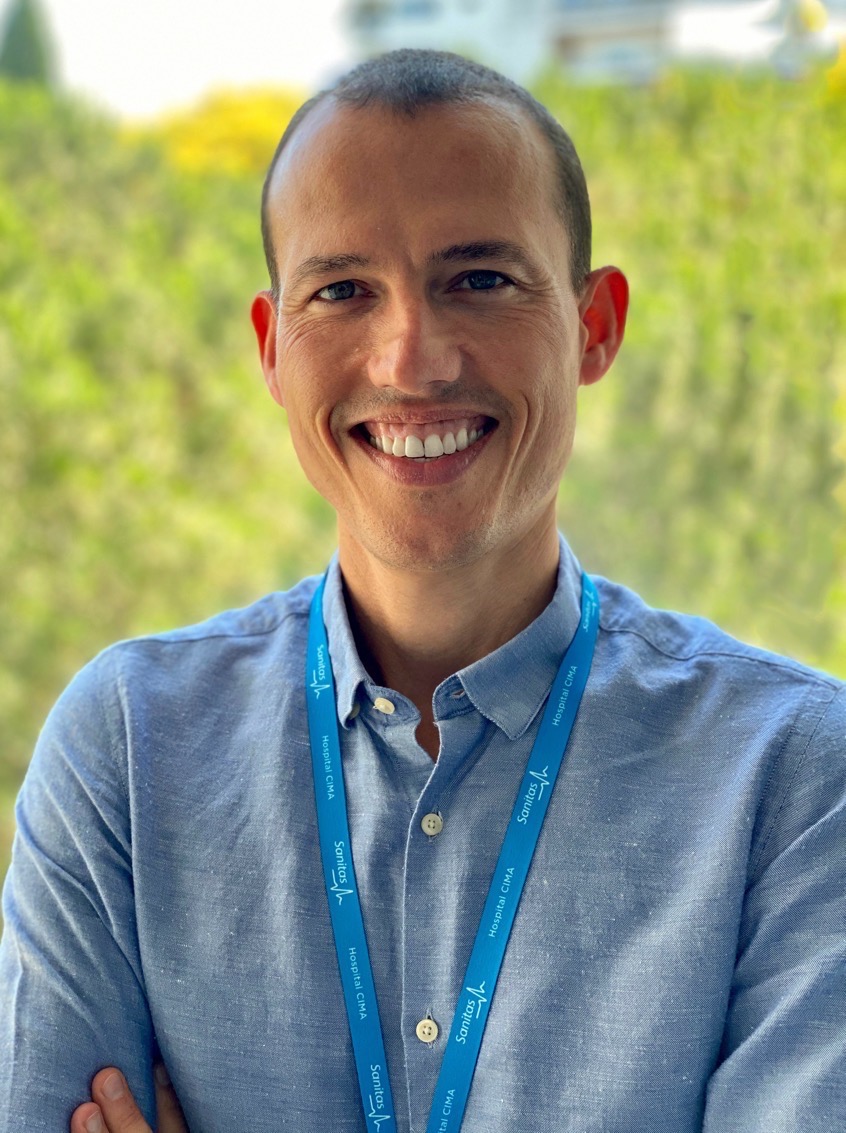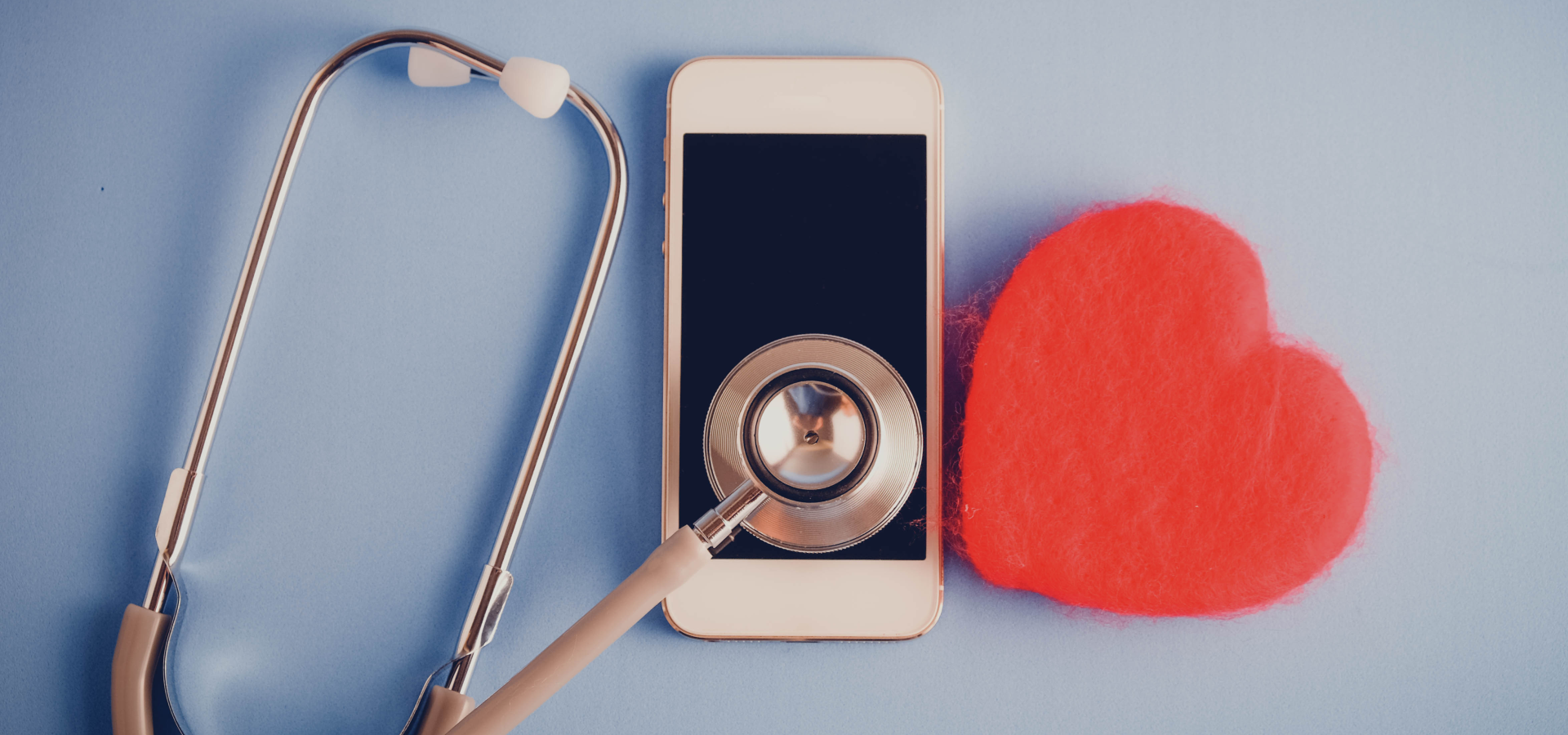Large insurance providers that provide medical services were the first to enter the telemedicine niche to streamline health care while, in turn, making costs more efficient. Bringing specialized and, in many cases, also personalized services to the patient is now possible thanks to technologies such as a simple phone call, a chat, the monitoring of vital signs through wearable devices and the monitoring of medical history with data consultation in the cloud.
The digitalization of health services has only just begun and as technology becomes more sophisticated, so will the knowledge and training of health professionals, both in terms of their technical competencies and the new skills that they require. requires the relationship with the patient remotely. In this interview we talk with César Morcillo, medical director of Hospital Digital Sanitas, about the current situation of digital health, how the qualification of medical professionals is evolving to adapt to it and how different digitalization tools empower people in managing their well-being.
ORH) How has confidence in the use of telemedicine evolved by both patients and physicians?
 CM- To make medicine more humane, sustainable and close, technology is essential, and for this reason we focus on applying the best solutions in the most effective and rapid way possible. Thanks to these developments we achieve more precise, preventive, predictive, personalized and participatory medicine.
CM- To make medicine more humane, sustainable and close, technology is essential, and for this reason we focus on applying the best solutions in the most effective and rapid way possible. Thanks to these developments we achieve more precise, preventive, predictive, personalized and participatory medicine.
In this sense, we have been leaders in digital health in Spain for years. Specifically, Sanitas launched video consultation in 2016, a commitment that we reinforced even more with the arrival of COVID-19. Since then, we have performed more than three million digital consultations and have integrated the service into numerous health companies. However, we believe that the possibilities that digital transformation offers go far beyond video consultation. That is why we talk about digital medicine and Blua, our digital health ecosystem with which we offer a multitude of fully digitalized services, but with which we are much closer to our clients.
For the patient, digital health means faster diagnosis, less waiting, less travel and more comfortable monitoring in real time. For the doctor, it allows you to diagnose and treat earlier, monitor the patient remotely and have decisive information at all times. And all this in hospitals equipped with the latest technologies. Definitely, combining physical hospitals with the best medical technology and digital services changes everything, it puts us in the medicine that we all want.
ORH) Having Sanitas been a pioneer in its adoption, how have you transformed the messages and service so that membership is accompanied by a high assessment of the service and high satisfaction of medical professionals?
CM- If a few years ago digital medicine spoke, almost exclusively, of video consultation, now we can say that digital medicine involves much more innovation and development, and at Sanitas it is the center of our business, having led the development of increasingly more solutions. sophisticated for the health care of our clients. Society increasingly attaches greater importance to health care and expects more advanced, effective and faster diagnostic solutions and treatments. Digitalization will continue to play a key role in this transformation, which increasingly focuses on personalization and accessibility. From the development of new innovative techniques and therapies to investing in emerging technologies such as artificial intelligence and data analytics, we are seeing a radical shift in the way healthcare is provided and perceived.
We are committed to a very human digitalization, as we seek to unite the possibilities offered by technological innovation in the field of medicine with human contact and all the knowledge and experience of the best medical professionals. Technological innovation in the field of medicine must be at the service of doctors and patients and not the other way around.
For all this, the training of our professionals is continuous, they must know all the digital tools at their disposal in order to add value to all patients and the work they do daily. Nowadays, doctors and technology become allies to serve clients in a closer way, the professional finds help in technology to offer much more precise, preventive, predictive, personalized and participatory care.
In addition, patients must also be trained and that is why we have made available to clients, through our app, tutorial videos for the use of the different digital tools that we make available to them.
ORH) Permanent updating is a basic in the medical profession that with technology acquires greater complexity. In this sense, how do you work on the training and engagement of healthcare personnel?
CM- We believe in a more humane, sustainable and close medicine, for which technology is essential. Therefore, we must invest in training professionals. The implementation of technology requires significant professional and personal effort for healthcare teams. We leave a large part of the responsibility for using these tools to patients, in order to make it easier for them to manage their own health; but we must not forget about health professionals, who currently have a fundamental ally in the use of new technologies, since they help them directly both in early diagnosis, in the evaluation of tests and analyses, or even in the management of their own agendas.
At Sanitas we have opted to promote a culture of continuous training, focusing a lot on learning opportunities and the richness of the projects to which employees have access. Caring for and supporting employees throughout their careers has become a priority for us. They are at the center of our activity and we make their work easier thanks to the use of new digital tools. With this commitment to training we manage to avoid personnel turnover, which not only helps retain talent, but also attracts it.
In addition, our innovation strategy focuses on the development of an increasingly broad digital ecosystem. Our goal is to provide our clients with the most cutting-edge digital technologies in the field of diagnosis and treatment, with the focus always on offering the best experience. And this requires us to constantly work on updating knowledge, developing and motivating our professionals so that they advance in parallel with the future of medicine.
The Sanitas care model seeks to provide patients with the usual care excellence, adding support in all situations of their life thanks to digital care. Physical care will be key to caring for people who go to the hospital, but digitalization allows us to create a new prevention space so that they remain healthy longer or recover their health in their environment and without interrupting their normal life. For this reason we operate within an integrated digital ecosystem, where solutions are combined and complement each other, instead of being offered in isolation. We believe that, through the use of digital tools, we can offer more humane, close and accurate medicine.
ORH) We are witnessing a boom in the market of players specialized in pathologies, for example, those related to mental health. What challenges does this type of very delicate provision have for recovery objectives to be met?
CM- We have integrated digital tools that respond to different pathologies and, among them, in relation to mental health we have the digital service ‘Take Care of Your Mind’, which allows access, through our app, to a digital psychological evaluation, to psychological support resources. , to strategies to manage stress and monitoring of emotional state, and always with the support of our professionals if necessary, for personalized attention based on the needs of each person.
On the other hand, in recent months we have launched Digital Fisio and Check Your Health, two services that allow us to analyze musculoskeletal problems and carry out rehabilitation treatments or access a first remote medical check-up, through our app.
And for years we have had digital plans for nutrition, personal training, pregnancy and other fields. Our differentiation with respect to other players that facilitate applications related to pathologies is that behind all of them are our medical professionals, they are the same ones who treat you in our hospitals who create, together with our partners or digital transformation team, solutions that allow us to improve the quality of life of patients or their medical care.
ORH) What innovations can we expect in the medium-term future in this type of services? What technologies are you investing in, in diagnosis, big data, AI…?
CM- If a few years ago digital medicine talked, almost exclusively, about video consultations, now we can say that digital medicine involves much more innovation and development, and at Sanitas it is the center of our business. I mentioned before our Blua digital ecosystem, which brings us very close to our clients because it allows us, for example, to track the patient’s status and health indicators in real time through Monitor your health; perform vital sign measurements with a selfie video; carry out dermatological triage using AI to recommend video consultation or in-person dermatology consultation; or implement personalized health plans to promote prevention in areas such as nutrition or psychology and, in addition, carry out patient follow-ups digitally at times, such as pregnancy, where check-ups and the patient’s daily life are essential .
These are just some of the examples that we have implemented in recent months, but the reality is that to date we have implemented more than 50 AI solutions that allow us to both improve the health of our clients and facilitate the work of health professionals. Thus, for example, we apply AI in the management of agendas with our assistant SanIA and we have managed to reduce absenteeism in 72% of medical and dental appointments that, otherwise, would have remained empty.
In addition to improving administrative tasks and many other processes for both the client and the doctor, AI will improve diagnostic capabilities, helping professionals make clinical decisions, and will also optimize treatments, with smart operating rooms and more digital therapies. , making safer and more effective medicine, better medicine.
